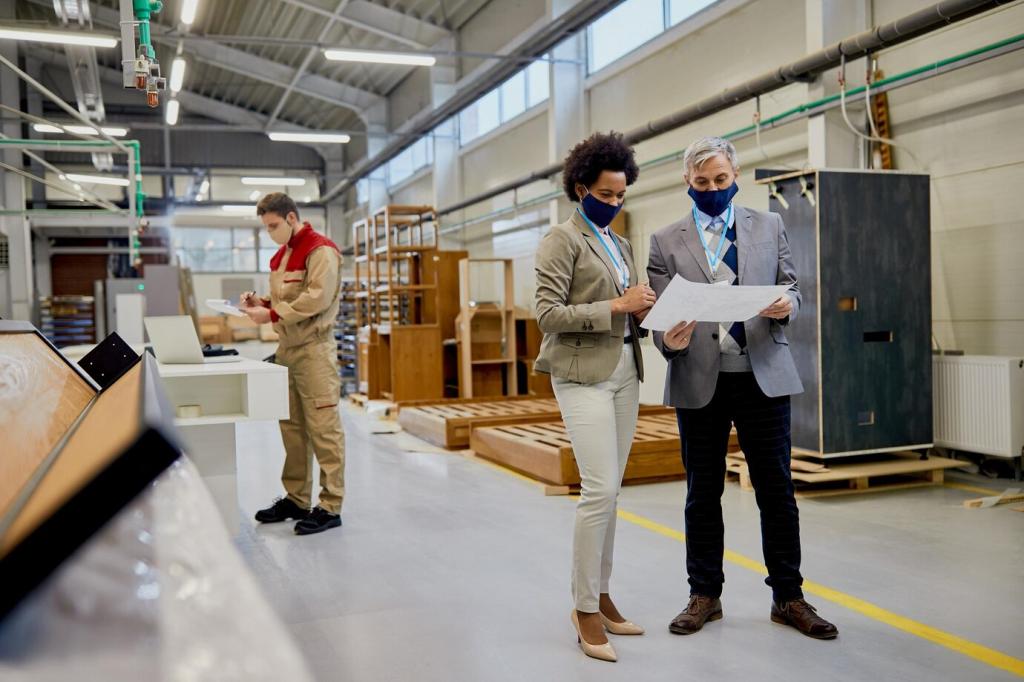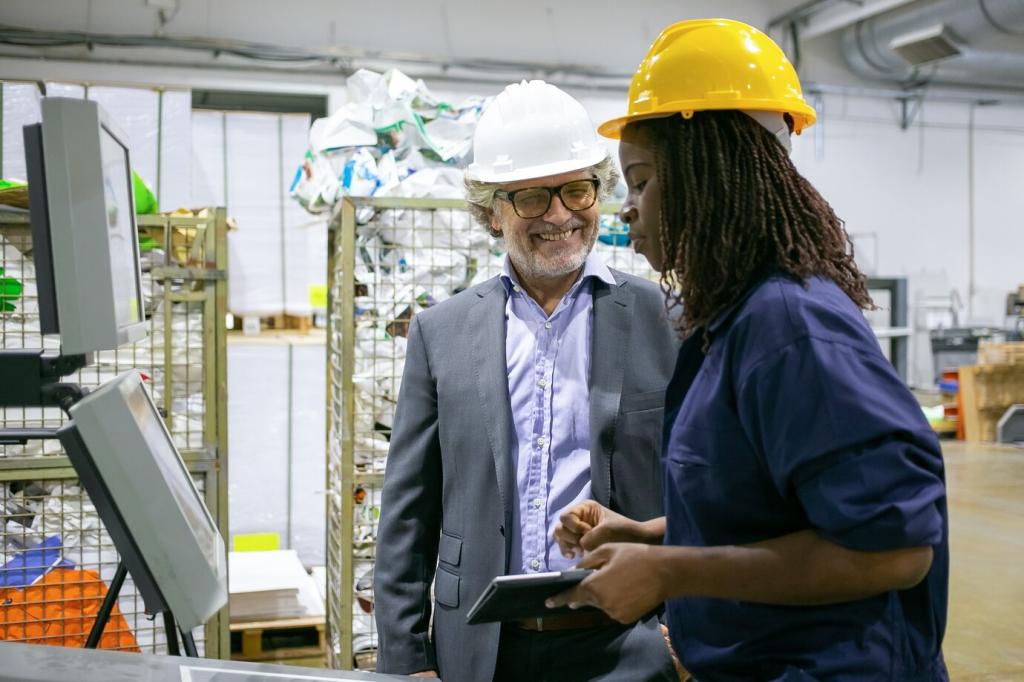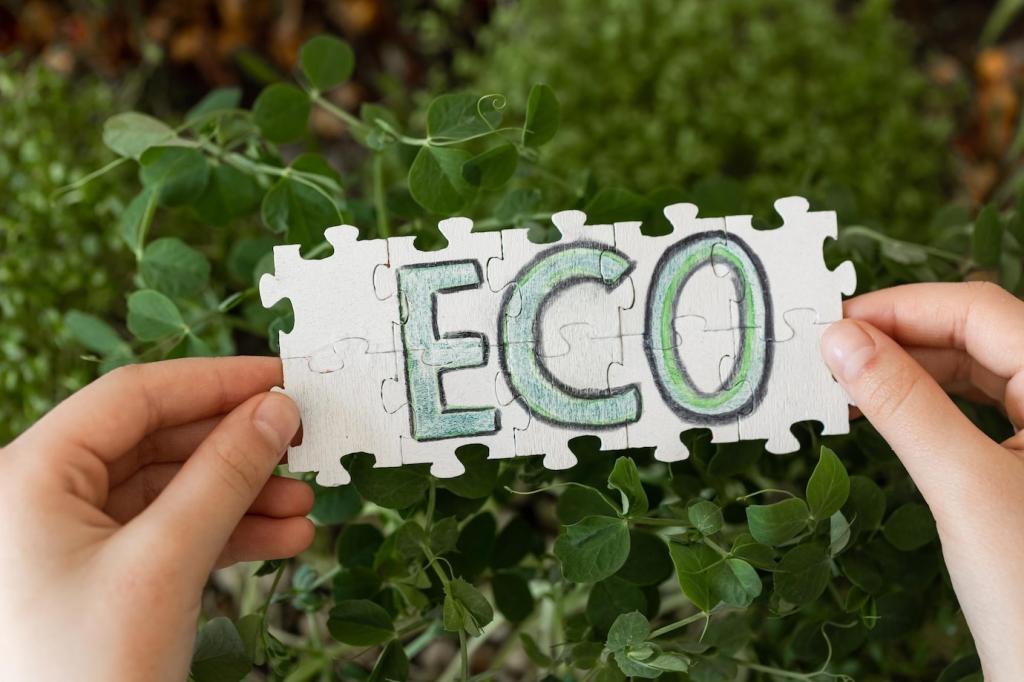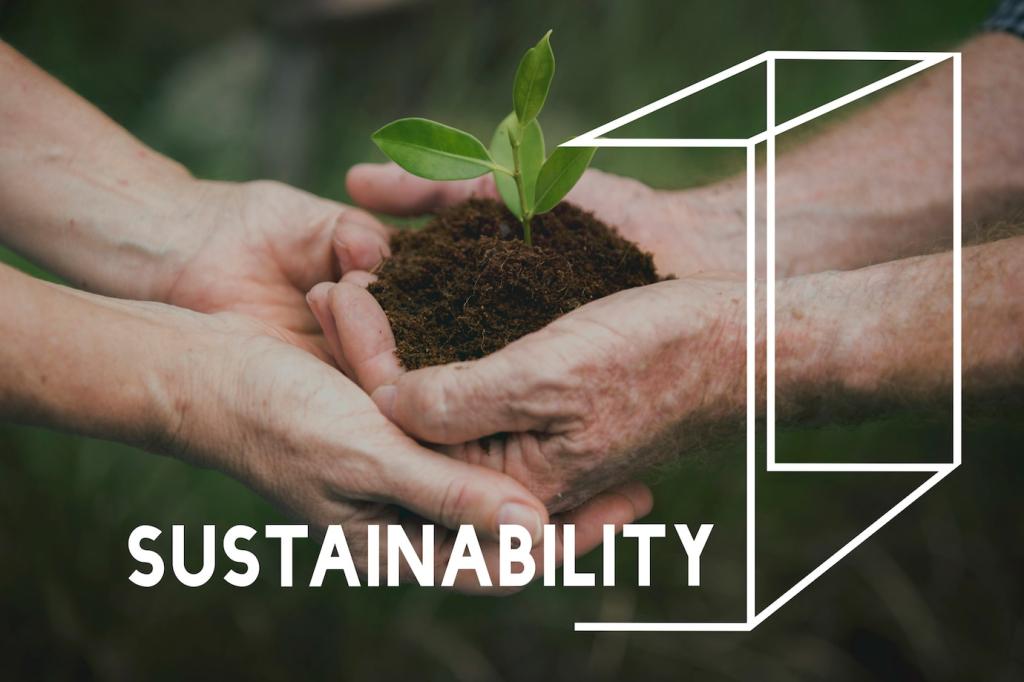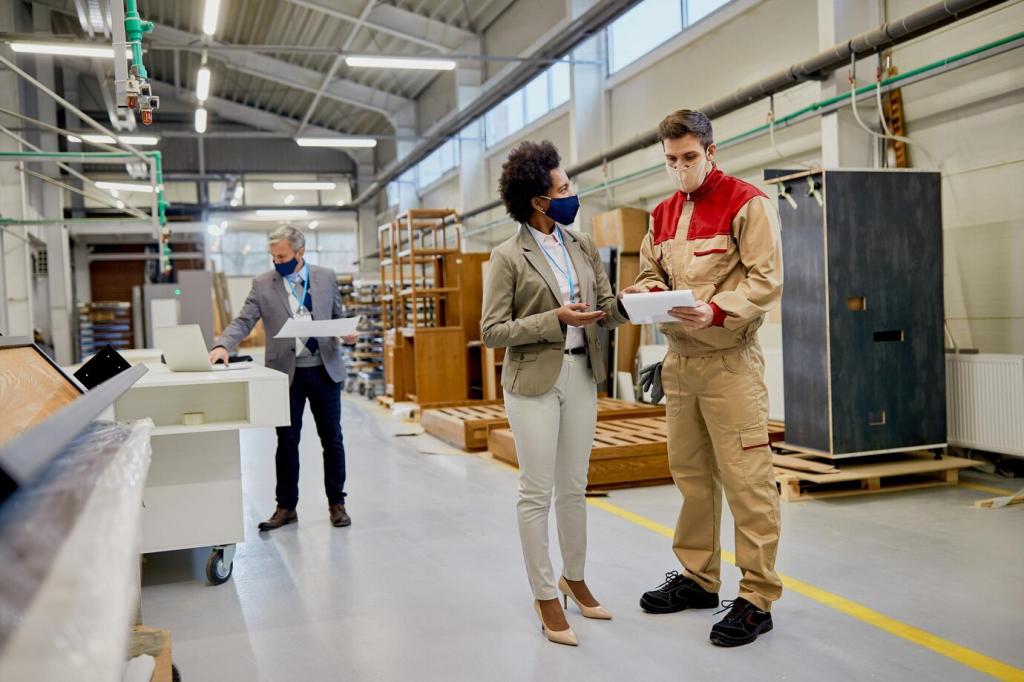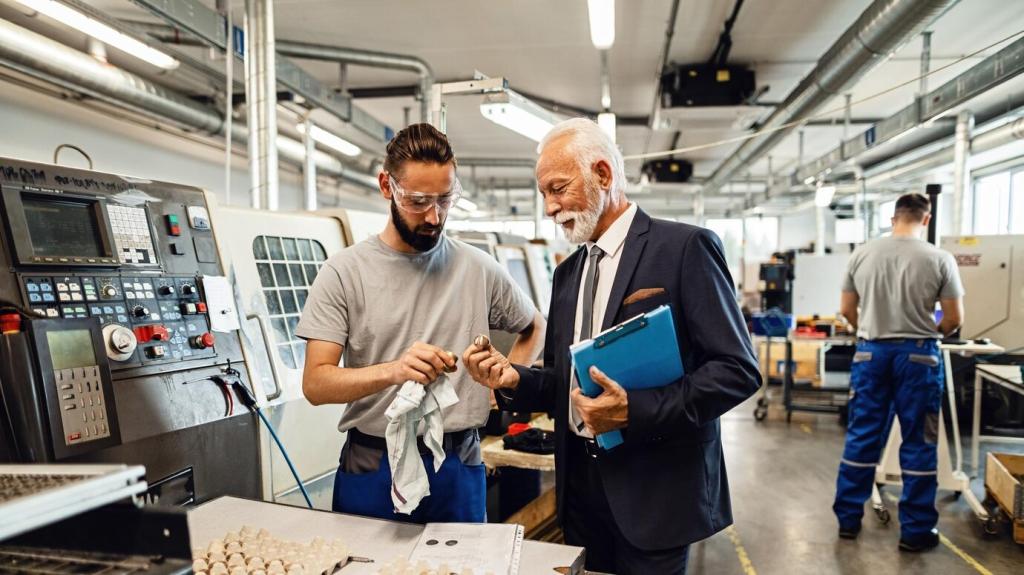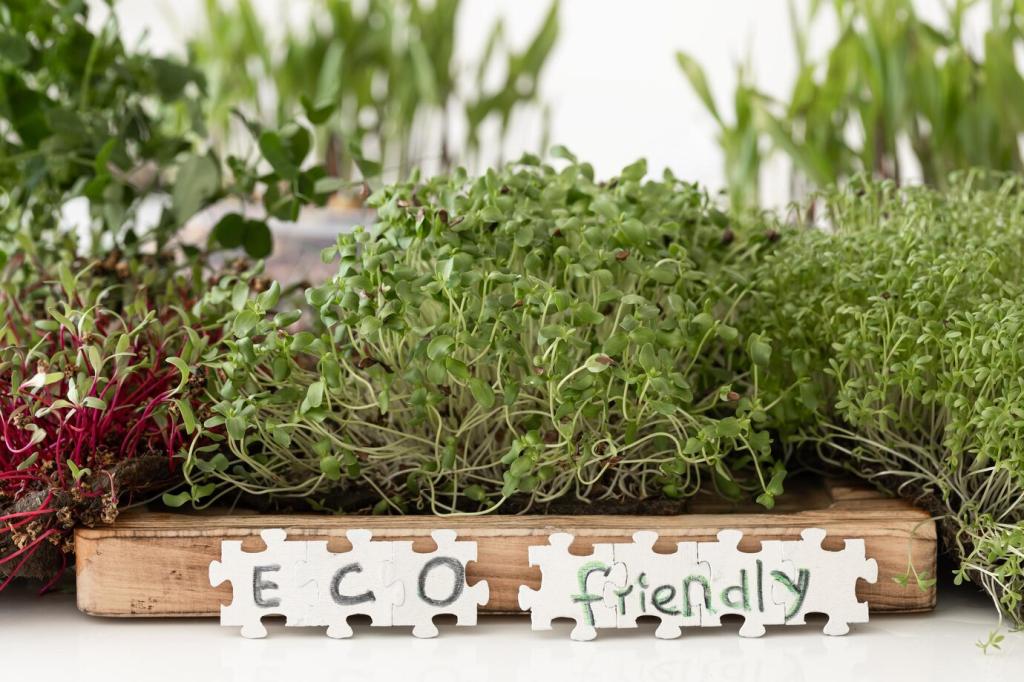Indoor Air Credentials: Breathe Easy with Verified Low Emissions
GREENGUARD Gold sets stringent limits on chemical emissions, especially relevant for sensitive environments like schools and healthcare spaces. Furniture undergoes chamber testing to verify low VOC release from adhesives, foams, and coatings. Ask makers for current certificates and model‑specific coverage, then save the PDFs for your records and future comparisons.
Indoor Air Credentials: Breathe Easy with Verified Low Emissions
SCS Indoor Advantage Gold evaluates furniture emissions against rigorous protocols, including industry‑recognized test methods. It helps ensure products contribute to healthier indoor environments. Many architects use it alongside other labels when seeking project credits. If you specify furniture professionally, share your experience with submittals and certification documentation.


